(ECNS) -- The latest snow depth at the top of Mount Qomolangma was 9.5 ± 1.2 meters, according to the second Qinghai-Xizang (Tibet) scientific research team, which used a radar method to deliver the result.
This achievement was published in the international cryosphere journal The Cryosphere on Friday, providing valuable reference data for studying the dynamic changes in the extremely high-altitude cryosphere and the rock layer at the top of Mount Qomolangma.
"This discovery not only reveals the snow depth at the top of Mount Qomolangma but also helps for a deeper understanding of high-altitude climate change," said Yao Tandong, leader of the team and honorary director of the Institute of Tibetan Plateau Research, CAS.
From April to May 2022, the second Qinghai-Xizang (Tibet) scientific research team conducted Earth Summit Mission 2022. One of their crucial scientific tasks was to measure the snow depth and structure at the summit of Mount Qomolangma.
The team used a single transmitter-receiver antenna at a frequency of 1,000 MHz, starting the measurements from the exposed bedrock at the top of Qomolangma and gradually progressing towards the summit. The radar measurements revealed that the snow depth at the summit of the mountain far exceeded the previously reported results.
The snow depth and its variations at the summit hold significant scientific value in understanding the response of the cryosphere to climate change.
Over the past 50 years, there have been multiple reports on the snow depth at the top of Mount Qomolangma. However, due to issues with measurement techniques and methods, the reported data have been highly uncertain and controversial.
In 1975, a Chinese mountaineering team estimated the snow depth to be approximately 0.92 meters by inserting wooden poles into the snow layers.
In 1992, a China-Italy joint mountaineering team used iron rods to measure a snow depth of 2.55 meters. In 2005, a Chinese mountaineering expedition estimated the snow depth to be around 3.5 meters using radar measurements. In 2019, a Nepalese mountaineering team and in 2020, a Chinese expedition to Mount Qomolangma both used radar to measure the snow depth at the summit. However, no official measurement results were reported in these cases.








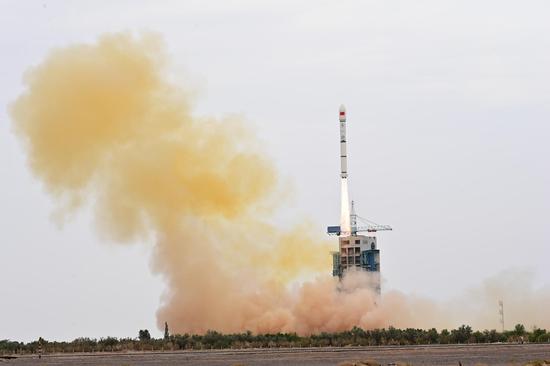
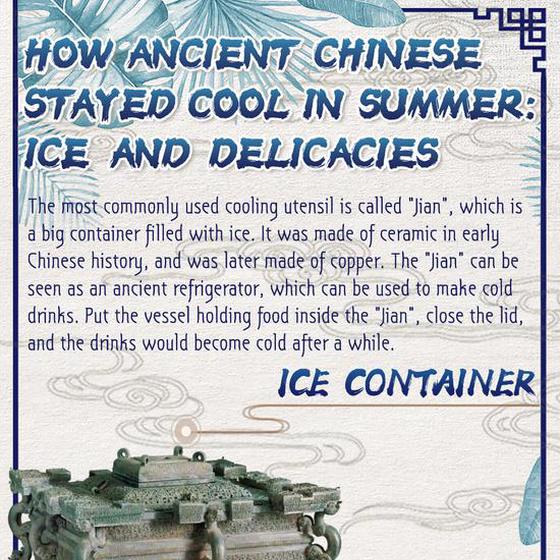


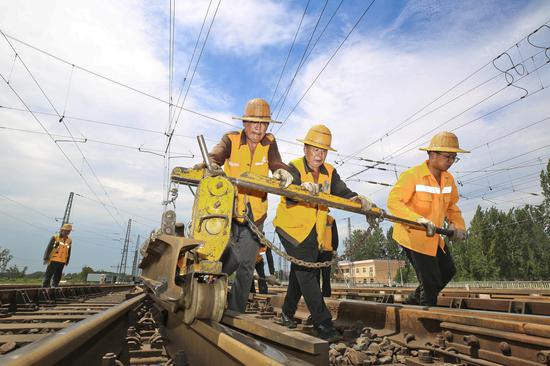


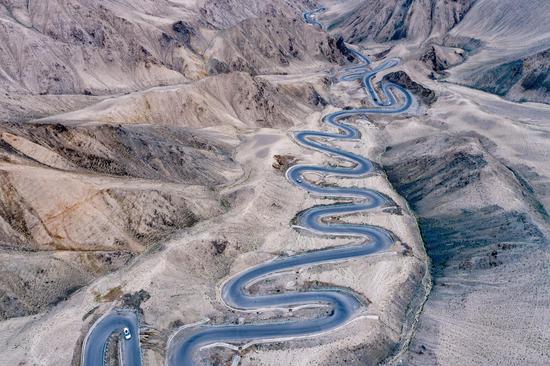
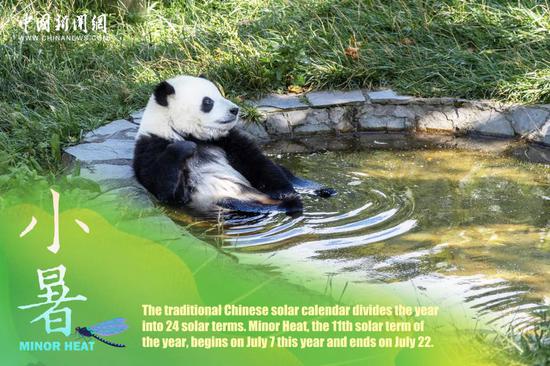

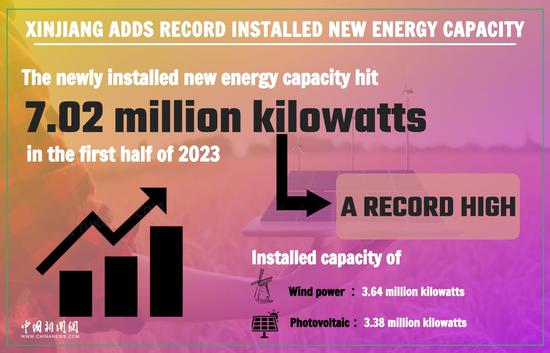



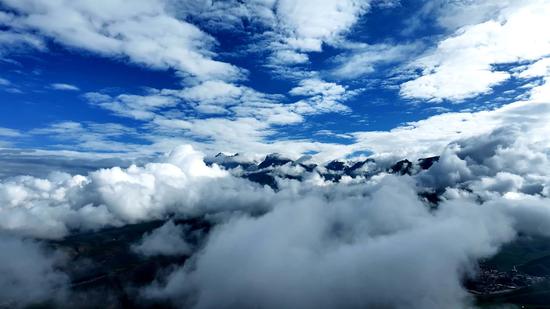
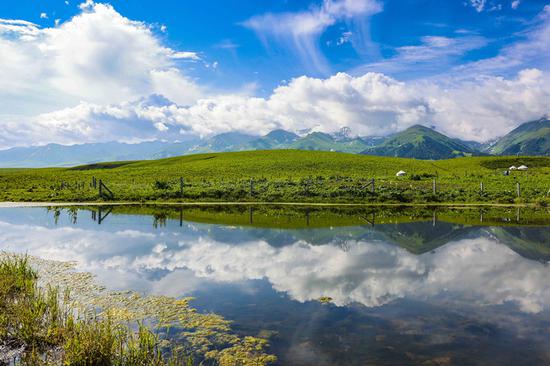
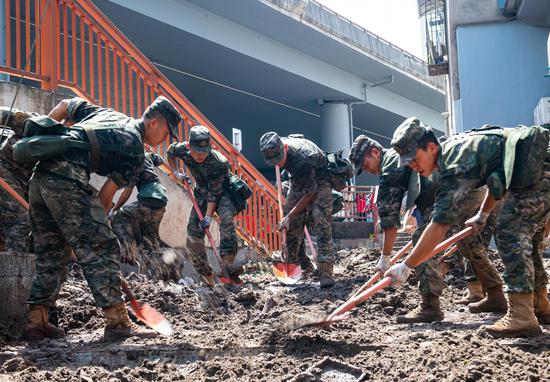

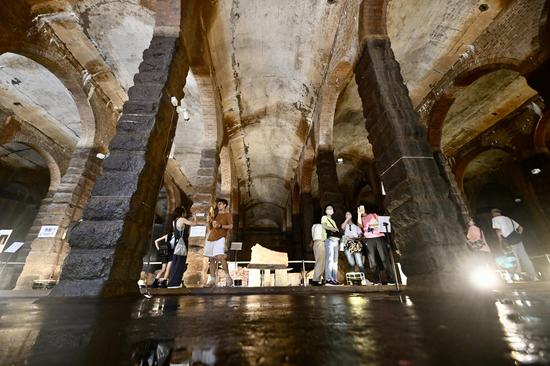

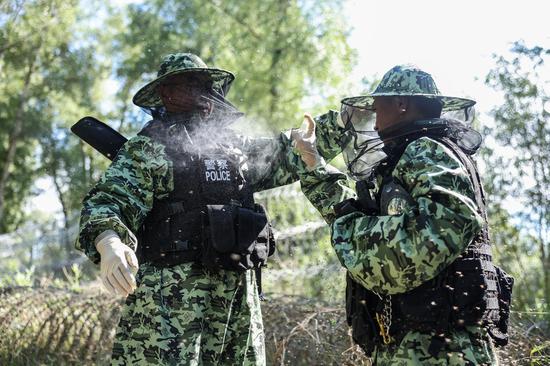


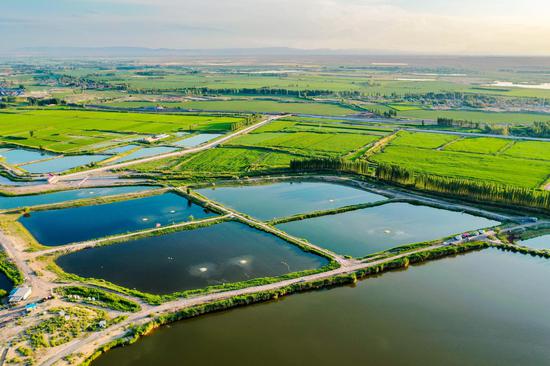




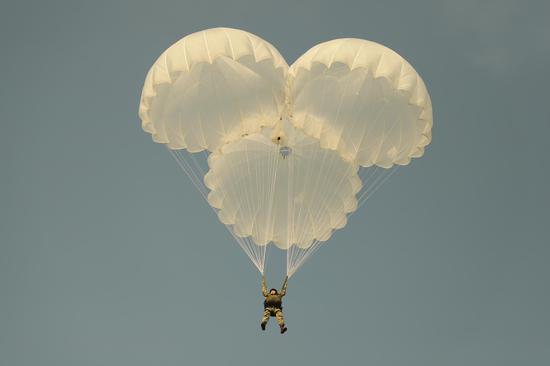



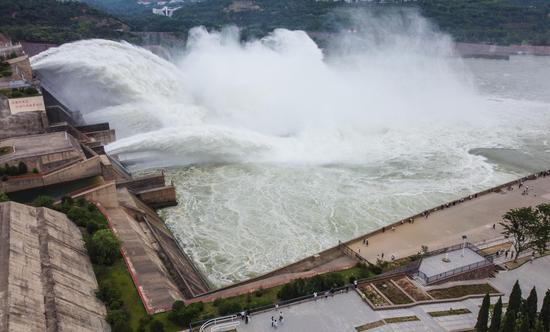


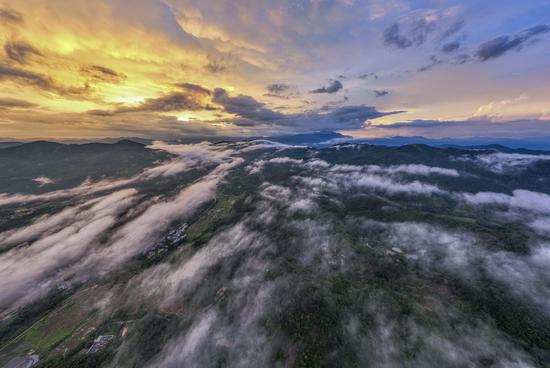


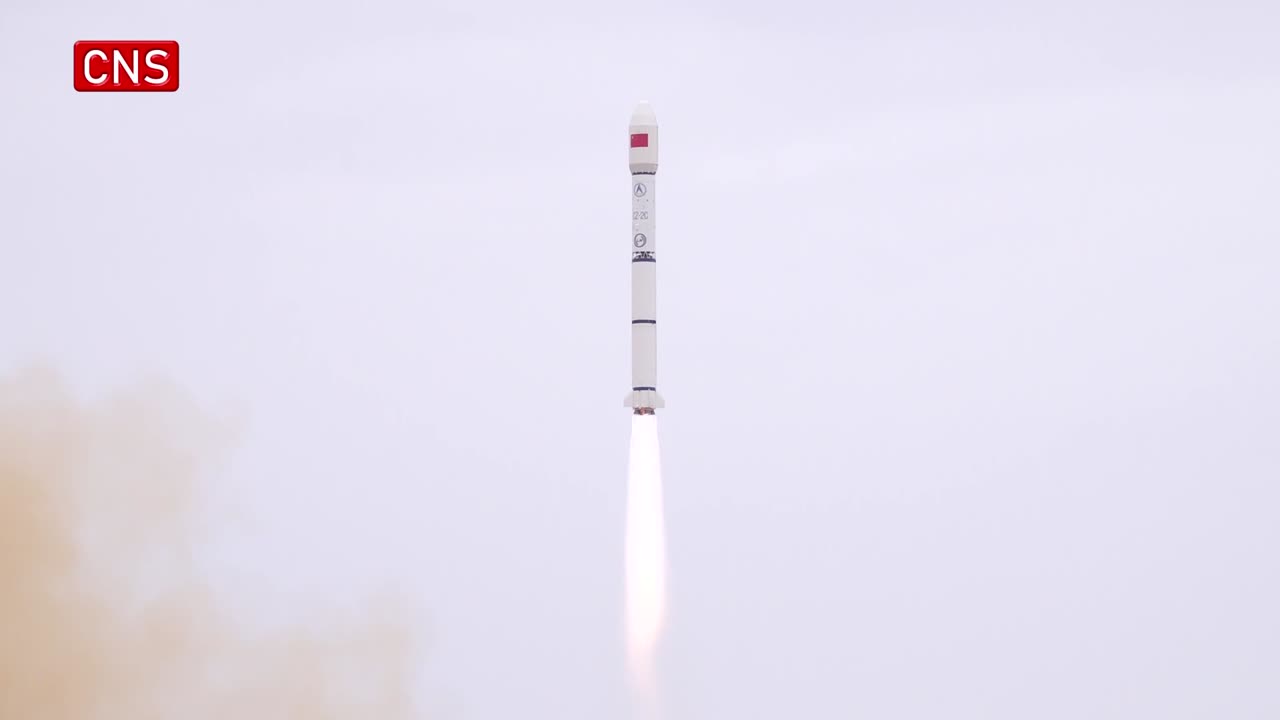



 京公网安备 11010202009201号
京公网安备 11010202009201号